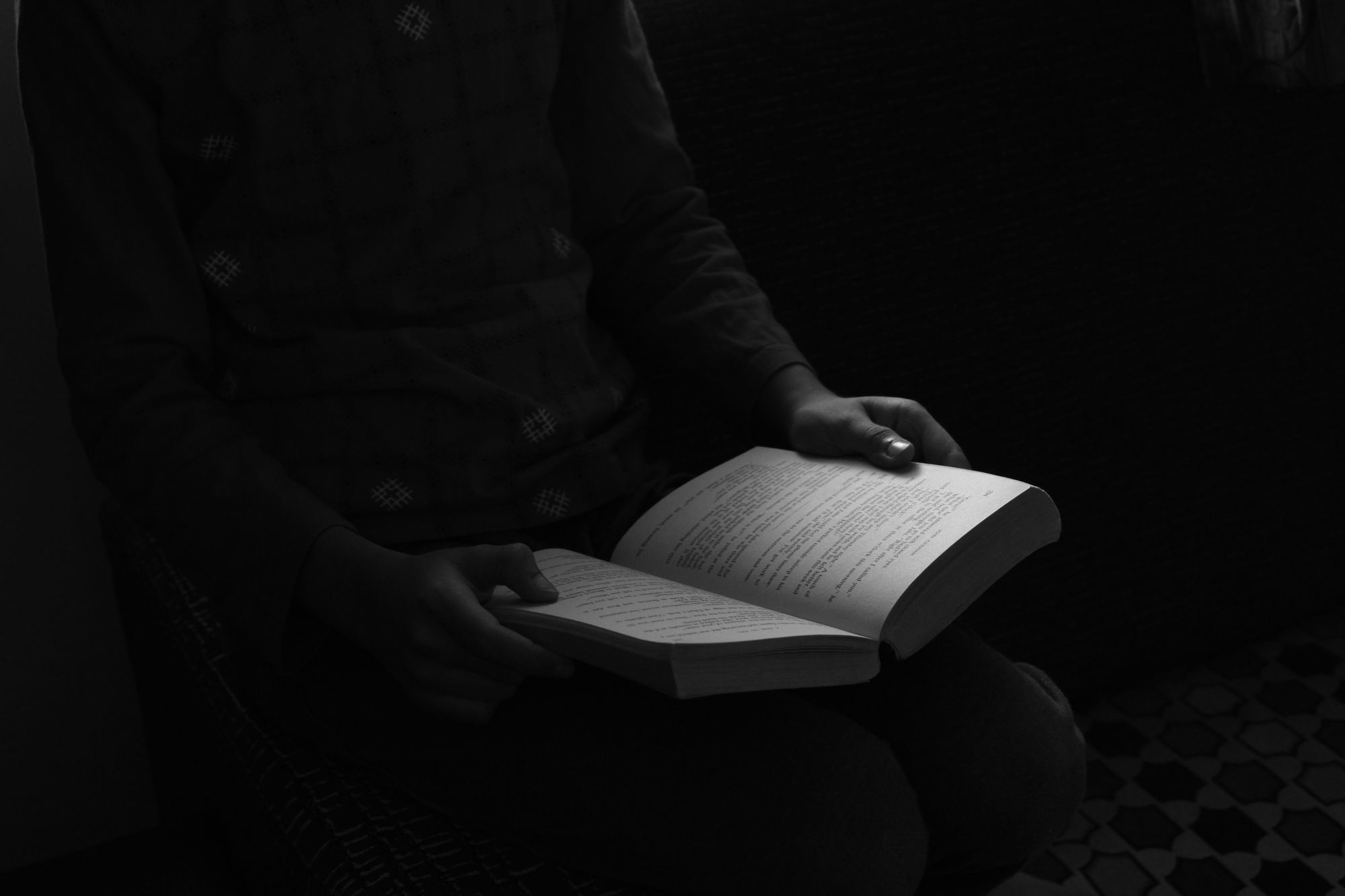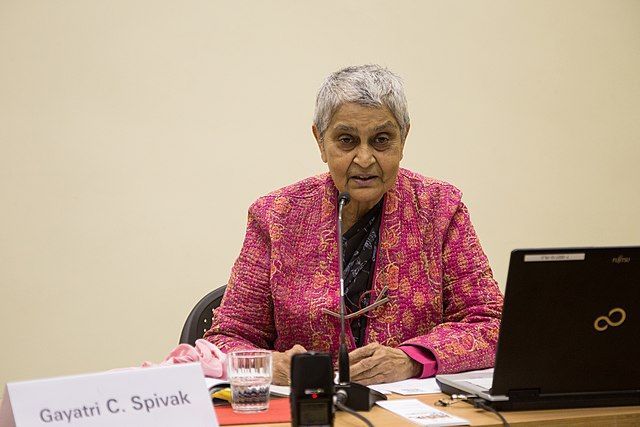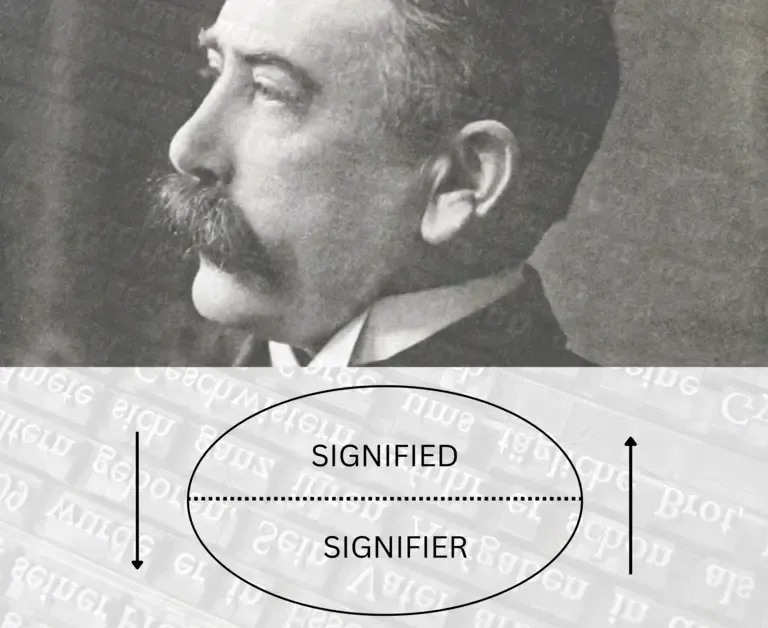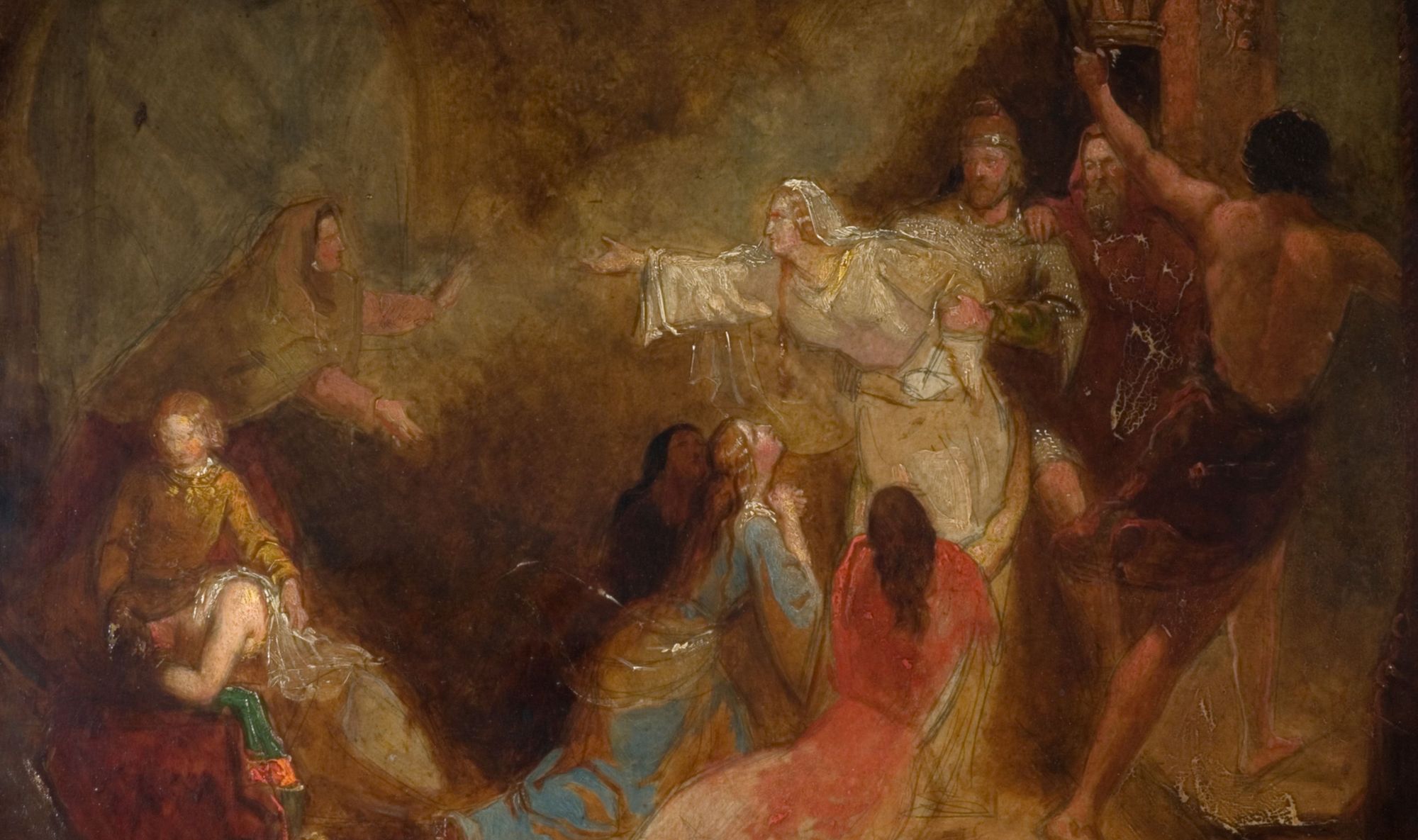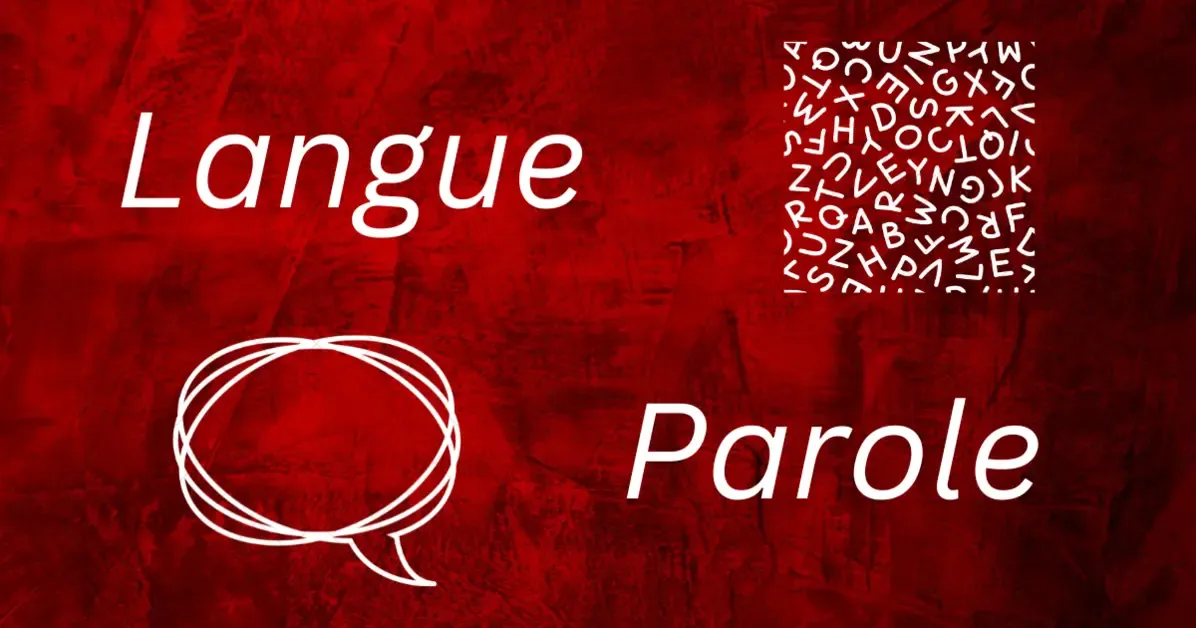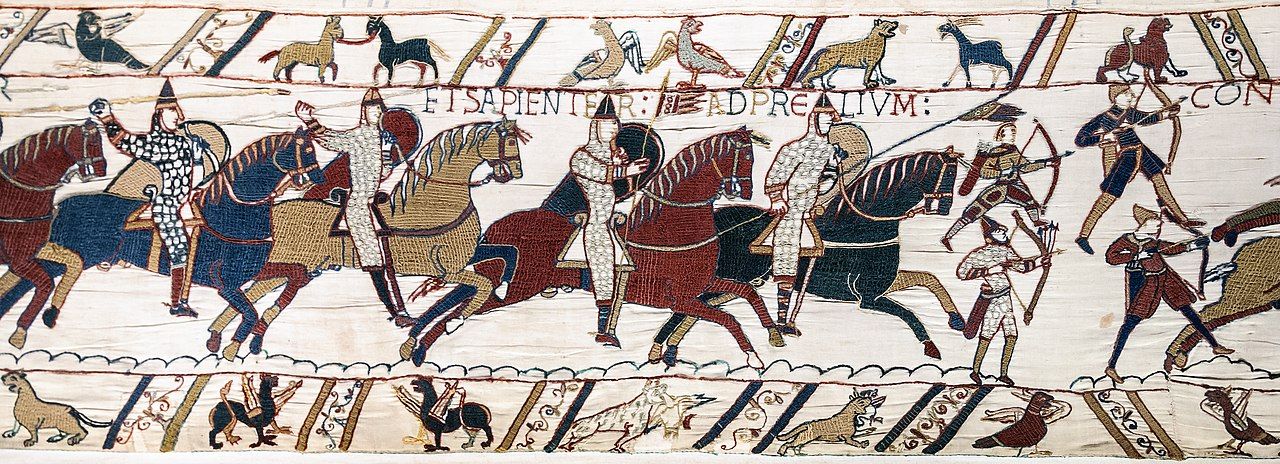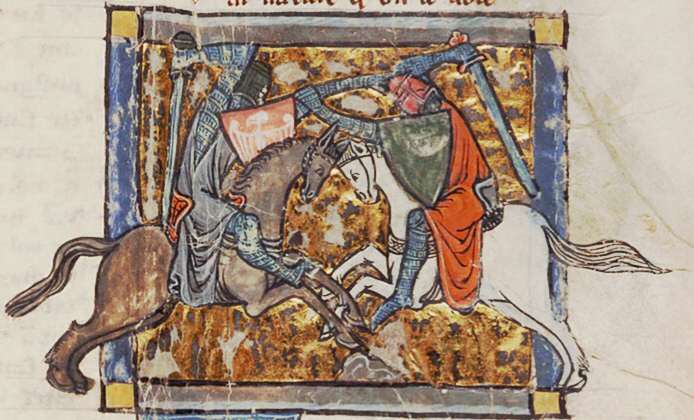Gynocriticism: a concept by Elaine Showalter
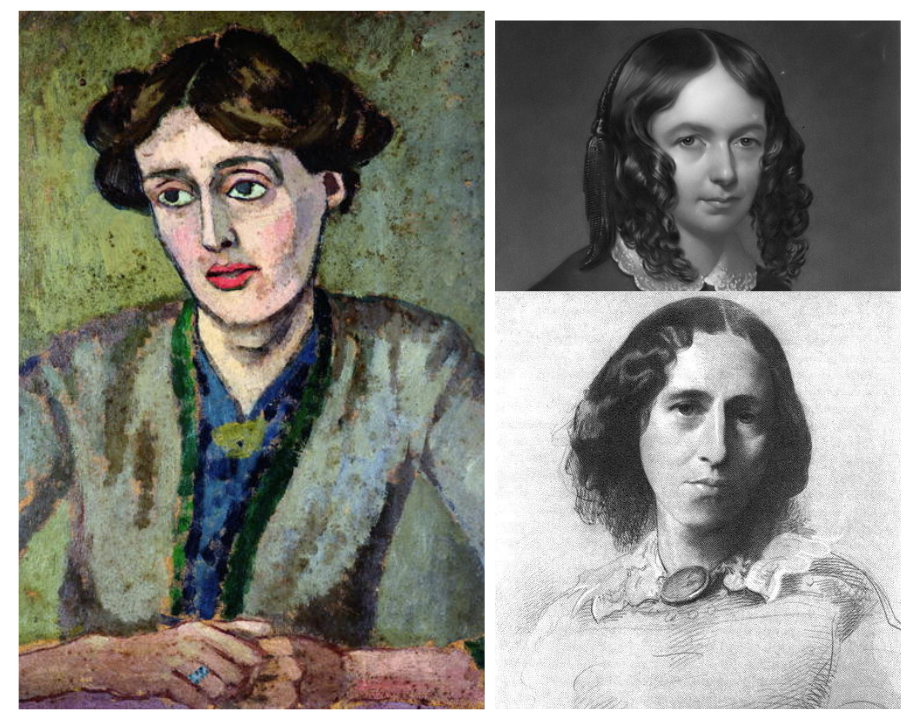
Gynocriticism was a concept that was developed by Elaine Showalter in her significant essay ‘Toward a Feminist Poetics’ (1979). According to Showalter,
“Gynocritics is related to feminist research in history, anthropology, psychology, and sociology, all of which have developed hypotheses of a female subculture including not only the ascribed status, and the internalized constructs of femininity, but also the occupations, interactions, and consciousness of women”.
Gynocriticism is the kind of feminist literary criticism that goes beyond the established and prevalent dependency upon male literary culture and literature. It is also further evolved from the feminist focus on conventional women’s role, their marginalization and exploitation in a patriarchal and male dominant world. Instead, it aims to create a new tradition of women’s literature, history, anthropology, linguistics, etc, that focuses on women’s internal experiences, their sisterhood, and their subculture.
Showalter emphasizes how feminist literary criticism and theory was perceived as inferior and inadequate in literary academia. During the 1970s, literary academia was completely dominated by men. Almost all prominent literary critics such as Raymond Williams, Terry Eagleton, Fredric Jameson, Roland Barthes, Stuart Hall, Northrop Frye, Harold Bloom, Stuart Hall, etc. were men. Feminist theory and criticism were extremely isolated and misunderstood. Male critics often expected feminist critics to fit into the masculine and traditional academic norms and become indifferent and rigid to what they themselves felt. This not only made feminism lack its own distinct voice, it also made it confined to studying women only with respect to men. Gynocriticism is a critical study of women’s literature that is no longer occupied with women’s relationships, roles, and their treatment in a patriarchal literary society and world. Instead, it tries to study women’s literature by focusing on their internal struggles and experiences, their relationships with other women, and their perceptions about life.
Besides the marginalization of feminist criticism, another obstacle for feminist movement was its resistance to theory due to the fear of it getting subsumed by the male dominant academia. Since most theorists were men, theory’s language, terminology, methods depicted concepts and viewpoints only of men, and assumed them to be universal. Thus, it became increasingly difficult for female critics to depend on or welcome theory that was so rooted in patriarchy. Gynocriticism aims to reconstruct theory linguistically as well as methodologically in order to include women’s issues, perceptions, culture, and experiences, and give them adequate space in literary theory and academia.
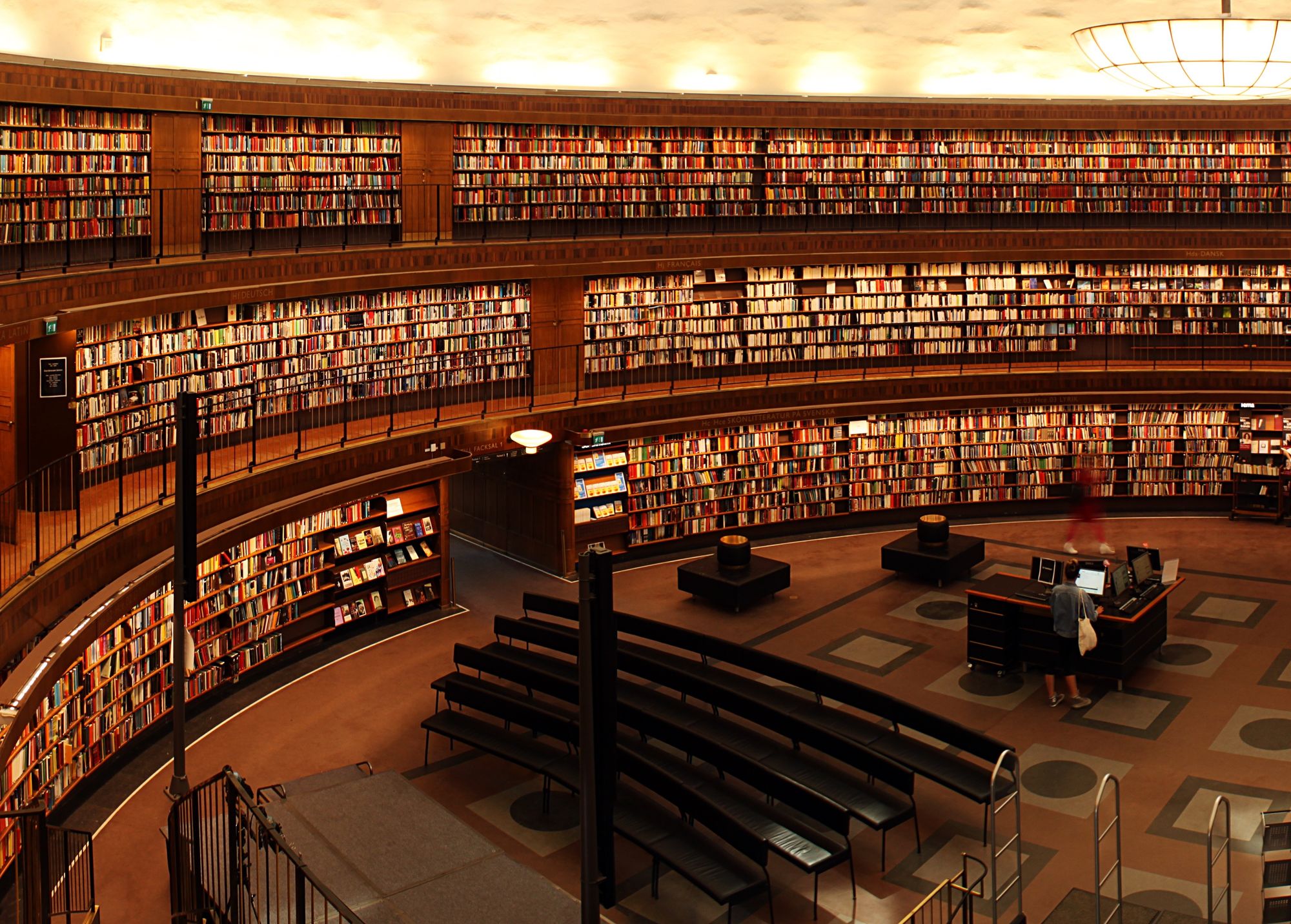
Gynocriticism: Woman as a Writer
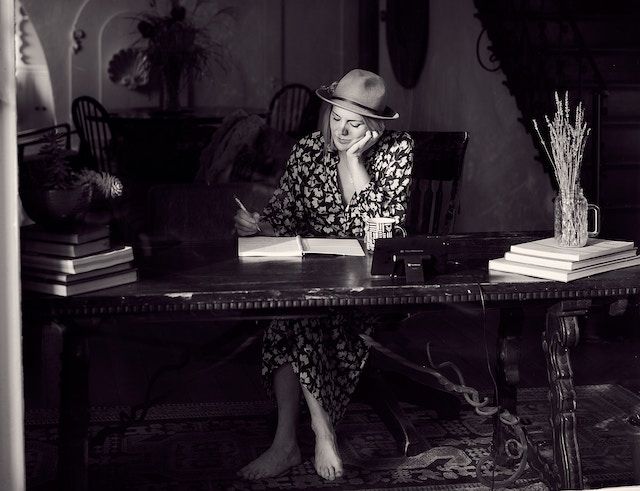
In her essay ‘Toward a Feminist Poetics’, Elaine Showalter categorizes feminist literary theory and criticism as either woman as a reader also known as the feminist critique, or as woman as a writer which is known as gynocriticism. According to Showalter, when a woman is a reader, she absorbs all the works produced by men. Hence, feminist critique focuses on how women are depicted in literary texts written by men. It studies women’s characters, conditions, and experiences as written by men. It also highlights traditional misconceptions, misogyny and marginalization of women that is prevalent explicitly or implicitly in literature.
Gynocriticism, on the other hand, goes beyond feminist critique. Woman no longer is a reader but becomes a writer. Showalter points out that although feminist critique is a significant kind of feminist criticism, it is limiting. If we continue to focus upon the portrayal of women in literature produced by men, we will never be able to learn about women’s internal experiences and will continue to know women as seen by men.
In Gynocriticism, it is the woman who creates history, text, its meaning, structure, themes, genre, and characters. Gynocriticism no longer sees women with respect to men. Rather, it attempts to focus on unearthing and creating a tradition and sub-culture that belongs to women and is entirely about them without the influence of conventional male literary codes. Carolyn Heilbrun and Catharine Stimpson, editor of Signs: Women in Culture and Society, compares gynocriticism to New Testaments, that relies upon imagination.
Gynocriticism creates a new sub-culture for women
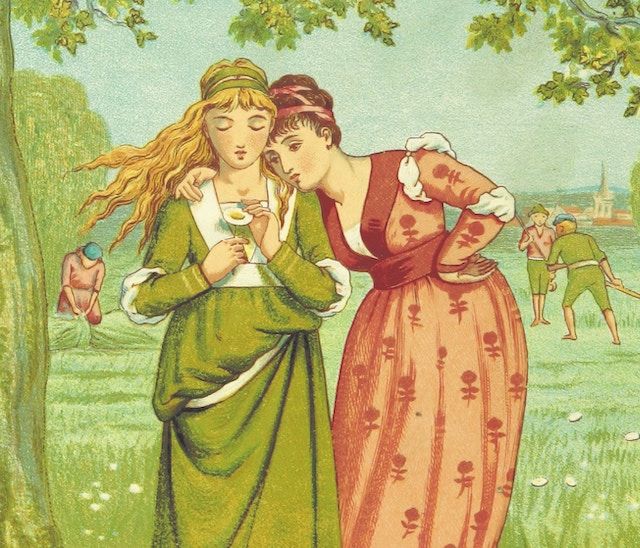
By renouncing conventional patriarchal norms about literature, history, society, and language, gynocriticism creates a subculture that includes interactions and consciousness of women. It researches multiple fields in order to create a subculture that portrays women as their authentic self. Besides creating a subculture, gynocriticism also unearths existing solidarity and sisterhood of women that arises from their marginalization by a patriarchal society. Gynocriticism studies how women have incorporated myths of Amazon, and secluded female societies in various literary works since the Victorian age till the contemporary period.
Significant American Gynocritics
Showalter also mentions four significant American feminist scholars who have attempted to explore new ways to study and understand 19th century female culture through literature. Out of the four gynocritics, three are social historians.
Showalter mentios Carroll Smith-Rosenberg for her path-breaking scholarship of women’s gender and history in the United States. Her article titled ‘The Female World of Love and Ritual’ published in the first volume and issue of Signs: Journal of Women in Culture and Society (1975), explores the society and emotions through numerous archived letters between women.
Nancy Falik Cott is the second gynocritic whom Showalter mentions for her book ‘The Bonds of Womanhood: “Woman’s Sphere” in New England (1780-1835)’ . This book focuses on solidarity and the sisterhood that develops among women through their shared exploitation and cultural bondage.
Showalter also mentions Ann Douglas who is another significant gynocritic known for ‘The Feminization of American Culture’. In this work, Douglas explores and traces the development of American mass-culture that is found in women’s sentimental literature and clergymen.
The fourth American gynocritic is Nina Auerbach known for ‘Communities of Women: An Idea in Fiction’ (1978). This book explored the bonds of women through the fictions of Louisa May Alcott and Elizabeth Gaskell, Muriel Spark, Sylvia Plath, and Dorothy Sayers.
According to Showalter, these gynocritical works by feminist scholars are extremely significant for a complete development of feminist literary theory.
Gynocriticism takes into account women’s Political, social, and personal history
Virginia Woolf accurately remarks in her essay ‘Women and Fiction’(1928) that:
“In dealing with women as writers, as much elasticity as possible is desirable; it is necessary to leave oneself room to deal with other things besides their work, so much has that work been influenced by conditions that have nothing whatever to do with art.”
Several irrelevant factors shape and impact women’s literature. Showalter mentions how Cora Kaplan introduces Elizabeth Barrett Browning in the latter’s novel ‘Aurora Leigh’, as a romantic and bourgeois feminist who relies upon the transformational powers of love, Christianity, and art. Interestingly, Kaplan is unable to take note of and mention one of the most significant factors that must have impacted Barrett Browning’s writing -- Robert Browning. Since women are more affected by the value systems and male traditions, and constantly have to seek male approval, literature produced by them is naturally shaped by factors that are directly irrelevant to art. Gynocriticism attempts to understand the framework of women’s subculture and helps us to find and establish connections within a tradition. Without placing women’s literature alongside their internal, social and political history, we are bound to misread and misunderstand literary meanings, themes and structures of their work.
The Pain of Feminist Awakening
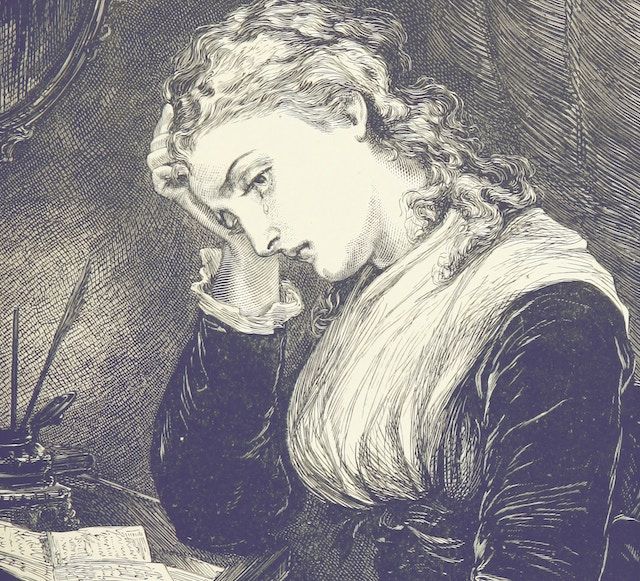
Florence Nightingale in a passage from her work ‘Cassandra’ says:
“Give us back our suffering, we cry to Heaven in our hearts--suffering rather than indifferentism--for out of suffering may come the cure. Better to have pain than paralysis: A hundred struggle and drown in the breakers. One discovers a new world.”
For Nightingale, pain was the very essence of the feminist awakening and was the driving force of any progressive change. It is better to struggle and suffer to gain some authority and autonomy as a female writer than to remain complacent as in the case of Victorian women.
Pain and suffering have been one of the most prominent themes of women’s literature, and have been consumed by both men and women as a literary commodity. Popular novels such as ‘Mill on the Floss’, ‘The House of Mirth’, ‘The Story of an Animal Farm’, have plots that find fulfillment only when a male mourner visits the grave of a female protagonist.
Similarly, in novels such as ‘Down Among the Women’, and ‘Female Friends’ by Fay Weldon, suicide by the female protagonist becomes a central theme. On the other hand, in the novel ‘The Driver’s Seat’ by Muriel Spark, the female protagonist Lise goes as far as pursuing a misogynist psychopath and persuades him to murder her. One might assume that such examples of self-destructive and tragic novels might be the result of women’s personal issues. However, this assumption ignores the possibility that such self-destructive and tragic worlds might be the only ones available for women, and their self-destructive responses might be necessary and justifiable. Gynocriticism takes into account this possibility.
According to Showalter, women’s literature must go beyond the themes of compromise, death, madness, and suffering. Although pain is an inevitable element of feminist growth and progress, women’s literature must also begin to write about the world beyond it. Fortunately, women’s literature has now begun to place the pain of feminist awakening in the past. For example, ‘Of Woman Born: Motherhood as Experience and Institution’ challenges the popular and common rejection of mothers by their daughters disguised as feminist awakening. Gynocriticism attempts to recover from this prevalent ‘matrophobia’ (a term coined by the American poet Lynn Sukenick). Just as the death of a father was a significant event in a male protagonist, the loss of a mother is considered just as impactful in a female protagonist’s life. Literary works such as ‘Surfacing’ by Margaret Atwood, and ‘Kinflicks’ by Lisa Alther are some popular examples.
Gynocriticism enables female writers to tap into their ‘precious speciality’
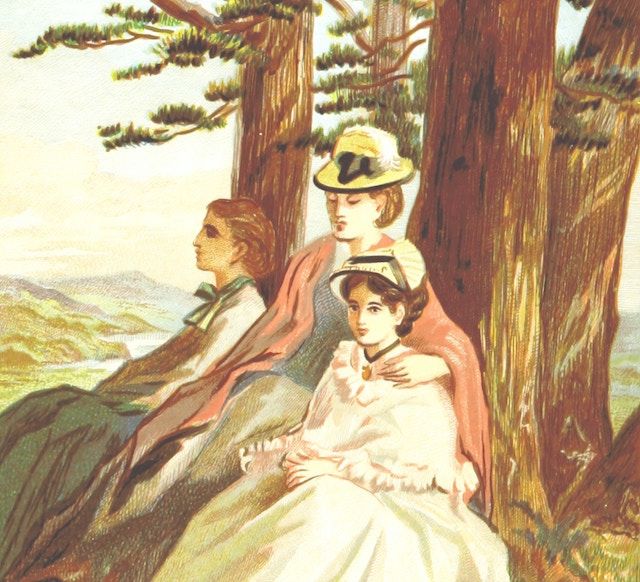
It has been popularly assumed that the novel is the most efficient genre for women to express and document their most personal experiences and thoughts. However, just like literary academia and theory, the field of literary publishing too has been dominated by men. Therefore, it was extremely difficult for women to write exactly what they wanted to. Even if they wrote in a genre that was assumed to belong to them, they were mentally imprisoned to impress and seek approval from their publisher.
George Eliot in her essay 'Silly Novels by Lady Novelists’ declares that:
“…we are not dependent on argument to prove that Fiction is a department of literature in which women can, after their kind, fully equal men. A cluster of great names, both living and dead, rush to our memories in evidence that women can produce novels not only fine, but among the very finest—novels, too, that have a precious speciality, lying quite apart from masculine aptitudes and experience”.
Gynocriticism attempts to free women of this psychological bondage to seek approval of a male dominating publishing industry, academia, or theory and criticism.
Gynocriticism belongs to the female phase of feminist criticism. It rejects both imitation and protest against literature produced by men. It focuses on women’s internal experiences, and personal history as a source of their literary works, rather than conventional patriarchal factors. Gynocriticism creates a tradition of women’s literature that includes all three phases of feminine, feminist, and female phases of feminist criticism. It reconstructs a female tradition by unearthing a large amount of literary texts, poetry, drama, essays produced by women that have been ignored and marginalized. This continuous female tradition spans from “decade to decade” and not from “Great Woman to Great Woman”. Once a continuous tradition of women writers is established, gynocriticism helps us see interrelated patterns of influence and evolution among women’s works.
Gynocriticism goes beyond prominent literary theories
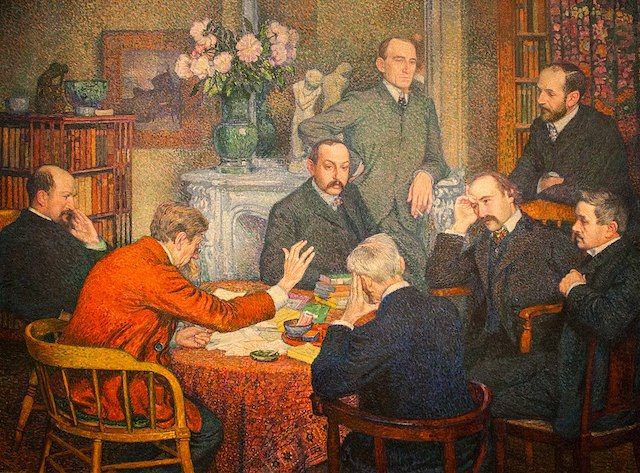
During the years leading to the Cold War, humanist academia was at its lowest times. All the focus and money was being directed towards science and scientific research. It was Northrop Frye, in ‘Anatomy of Criticism’ (1957), who proposed the idea of a systematic critical theory that would give literary studies the desirable qualities and gravity of science. This also led to the prominence of theories like Marxism and Structuralism. Theorists began to read literature on the bases of linguistics, deconstructuralism, etc. in order to show that their profession was as serious and masculine as science. These elite theories are considered to be the “sciences of the text”. In Marxist theory, the author produces the text depending upon the economical, social, and historical factors. Similarly, Structuralism sees the text as the science of meanings, and grammar of genres.
Showalter accurately observes that:
“Literary science, in its manic generation of difficult terminology, its establishment of seminars and institutes of postgraduate study, creates an elite crop of specialists who spend more and more time mastering the theory, less and less time reading the books. We are moving towards a two-tiered system of “higher” and “lower” criticism, the higher concerned with the “scientific” problems of form and structure, the “lower” concerned with the “humanistic” problems of content and interpretation.”
Gynocriticism perceives the author as the creator of texts rather than as a producer. It considers the traditional terminology of elite theories limiting to women’s literature and urges women to write through their impulses, free of any male approval or influence. According to Showalter,
Gynocriticism is a synthesis of both higher criticism (including Marxism, Structuralism, etc), and lower criticism (feminist criticism). Unlike the elite theories, it includes the subjective experiences of women and considers them at least as important as the systematic studies of the literary text. Gynocriticism attempts to discover a new language, a renewed way of reading that amalgamates our intellect, reason with our experiences, emotions and vision.
Gynocriticism of Pride and Prejudice: a brief example

'Pride and Prejudice' by Jane Austen is one of the most popular English novels of the 18th century. The very opening lines of the novel reveal to us its core subject - women's constant struggle for an advantageous marriage.
"It is a truth universally acknowledged, that a single man in possession of a good fortune, must be in want of a wife."
The feminist reading of the novel will focus on the following elements:
- How marriage is the only respectable option for a woman to have access to financial security. Mr. and Mrs. Bennet have five unmarried daughters – Jane, Elizabeth, Mary, Kitty, and Lydia. Thus, throughout the novel, we see the Bennets desperately and embarrassingly (in case of Mrs. Bennet) attempting to catch the attention of Mr. Bingley, an eligible wealthy bachelor.
- Lack of financial security reduces the institution of marriage an economic transaction in which the value of a man depends upon his wealth and that of a woman depends on her beauty, and domestic abilities. For instance while Jane has promising prospects to marry Mr. Bingley due to her striking beauty, Elizabeth's friend, Charlotte Lucas eventually has to settle for Mr. Collins :
"Mr. Collins, to be sure, was neither sensible nor agreeable; his society was irksome, and his attachment to her must be imaginary. But still he would be her husband. Without thinking highly either of men or matrimony, marriage had always been her object; it was the only provision for well-educated young women of small fortune, and however uncertain of giving happiness, must be their pleasantest preservative from want. This preservative she had now obtained; and at the age of twenty-seven, without having ever been handsome, she felt all the good luck of it."
In short, a feminist reading of Austen's 'Pride and Prejudice' will focus on the condition and role of women in a patriarchal society. We read and study women and their fate in the novel with respect to men.
However, gynocriticism attempts to read 'Pride and Prejudice' with a focus on women, their internal experiences, their relations with other women and their perception of life. A gynocritical reading of the novel might focus on the following points:
- Rather than being completely occupied with women's desperate and inescapable need to get married, gynocriticism would analyze the relationship among the five Bennet sisters. The focus shifts to women's interpersonal relationships and their personal experiences.
- It might also attempt to study the strong friendship shared between Elizabeth and Charlotte Lucas.
- Will not study the novel in isolation, but would rather attempt to find patterns of influence by a larger literary tradition belonging exclusively to women.
References
Austen, Jane. Pride and Prejudice (Penguin Clothbound Classics. 9 Jan. 2023
Elaine Showalter: ‘Toward a Feminist Poetics. In The New Feminist Criticism. New York : Pantheon, 1985.
Showalter, Elaine. A Literature of Their Own : British Women Novelists from Bronte to Lessing. London Virago, 1978
Eliot, George. Silly Novels by Lady Novelists. London, Penguin, 2010
Nightingale, Florence. Cassandra : An Essay. With an Introd. By Myra Stark and an Epilogue by Cynthia Macdonald. Old Westbury, Ny, Feminist Press, 1979.
Read More
